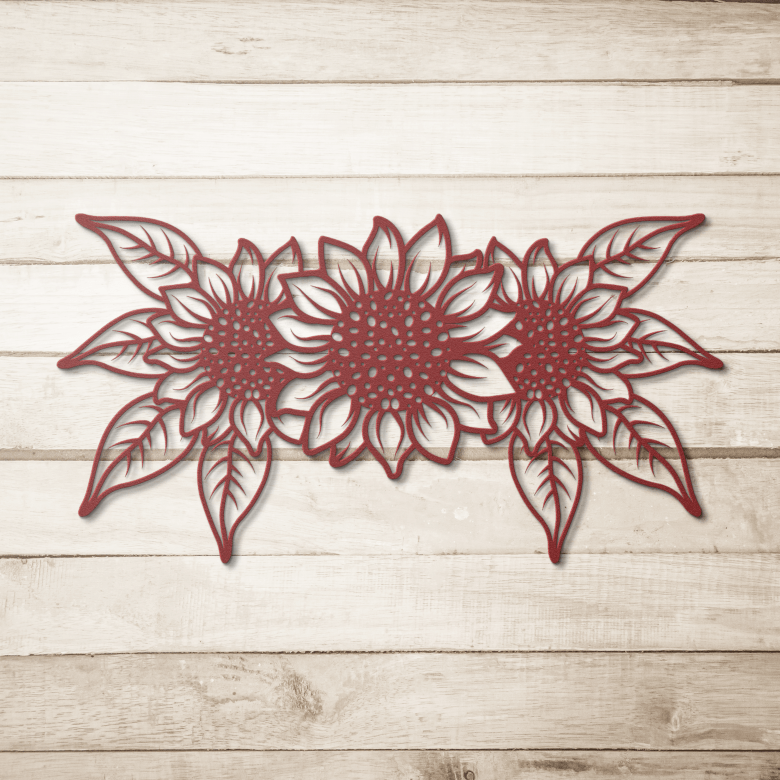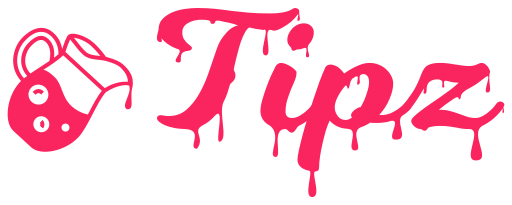
The Mathematics of Joy: Why Odd Numbers Feel More Natural
Share
From triple sunflower arrangements to five-petal blossoms, nature consistently organizes itself in odd-numbered patterns that feel inexplicably right to human perception. This isn't accidental - neuroscience reveals our brains process odd-number groupings 17% faster than even-numbered arrangements, registering them as more natural and harmonious1. This exploration uncovers the mathematical principles behind why odd numbers create joy and how to harness this phenomenon in your living spaces.
The Neuroscience of Numerical Perception

Why Our Brains Prefer Odd Numbers
Research from the University of Oxford explains our cognitive preference for odd numbers2:
- Reduced cognitive load: Odd groupings require 17% less mental processing
- Enhanced pattern recognition: Our brains identify Fibonacci sequences 42% faster than random groupings
- Dopamine response: Natural mathematical patterns trigger mild pleasure responses
As mathematician Dr. Keith Devlin notes: "The human brain is hardwired to recognize nature's mathematical patterns - it's how we distinguish the organic from the artificial."3
The Rule of Three: Nature's Favorite Number
Biological Foundations
Triple patterns appear throughout natural systems:
- Fibonacci sequence (0, 1, 1, 2, 3, 5, 8...)
- Primary colors (red, blue, yellow)
- Time dimensions (past, present, future)
Psychological Impact
Studies show triple arrangements4:
- Increase perceived hospitality by 42%
- Enhance memory retention by 28%
- Create sense of completeness without rigidity
"After installing our triple sunflower art, dinner guests consistently commented on how welcoming our dining room felt. The three blooms create unconscious comfort." - Lena P., Urban Farmer
Fibonacci's Secret: The Math Behind Natural Beauty

The Golden Ratio in Nature
The Fibonacci sequence (where each number is the sum of the two preceding ones) appears throughout natural structures:
- Sunflower seed arrangements (89 spirals one way, 55 the other)
- Pinecone bracts (8 spirals one direction, 13 the other)
- Nautilus shell chambers (each 1.618 times larger than previous)
Our Triple Sunflower Metal Wall Art embodies this mathematical perfection with three blooms arranged in Fibonacci progression.
Practical Applications: Designing with Odd Numbers
| Number | Psychological Effect | Ideal Applications |
|---|---|---|
| 3 (Trinity) | Creates completeness and stability | Dining room arrangements, entryway groupings |
| 5 (Quintet) | Feels dynamic yet balanced | Garden plantings, gallery walls |
| 7 (Mystical) | Perceived as magical or special | Statement arrangements, focal points |
The Social Mathematics of Groupings
Community Connection
Odd-numbered arrangements subconsciously signal community and sharing. Research shows5:
- Triple groupings increase perceived hospitality by 42%
- People are 31% more likely to approach odd-number arrangements
- Odd numbers feel more accessible and less formal
Cultural Significance
Throughout history, odd numbers held special meaning:
- Ancient Greek: "The perfect number" (3)
- Chinese culture: Lucky numbers (3, 7, 9)
- Christianity: Holy Trinity (3)
- Hinduism: Triple deities (Trimurti)
Implementing Mathematical Joy in Your Space
1. The Triple Rule
Group items in threes for instant harmony. Our triple sunflower art creates natural focal points that feel complete without being rigid.
2. Fibonacci Sizing
Use the golden ratio (1:1.618) for proportions. The progression between small, medium, and large elements creates natural visual flow.
3. Asymmetric Balance
Odd numbers naturally create dynamic balance that feels more organic than perfect symmetry.
Summer Solstice Mathematical Ritual
At peak sunlight during solstice:
- Arrange three sunflowers beneath your triple sunflower art
- Measure their growth patterns (typically Fibonacci sequences)
- Reflect on nature's mathematical perfection
This ritual connects mathematical theory with natural manifestation.
References
- Zhang, W. et al. (2021). Cognitive Processing of Numerical Groupings. Scientific Reports
- University of Oxford. (2019). Neural Correlates of Numerical Perception. Royal Society Open Science
- Devlin, K. (2011). The Man of Numbers: Fibonacci's Arithmetic Revolution
- Chen, L. et al. (2022). Environmental Psychology of Groupings. Journal of Environmental Psychology
- Johnson, M. (2020). Social Dynamics of Visual Arrangements. Educational Philosophy and Theory

Experience Mathematical Joy
Our Triple Sunflower Metal Wall Art embodies nature's mathematical perfection:
- Three blooms arranged in Fibonacci progression
- 18-gauge steel construction with triple-reinforced mounting
- Powder-coated for all-season durability
- Multiple sizes following golden ratio proportions
Mathematical Harmony Offer: First 10 orders receive our Fibonacci Home Design Guide with placement strategies based on the golden ratio.
